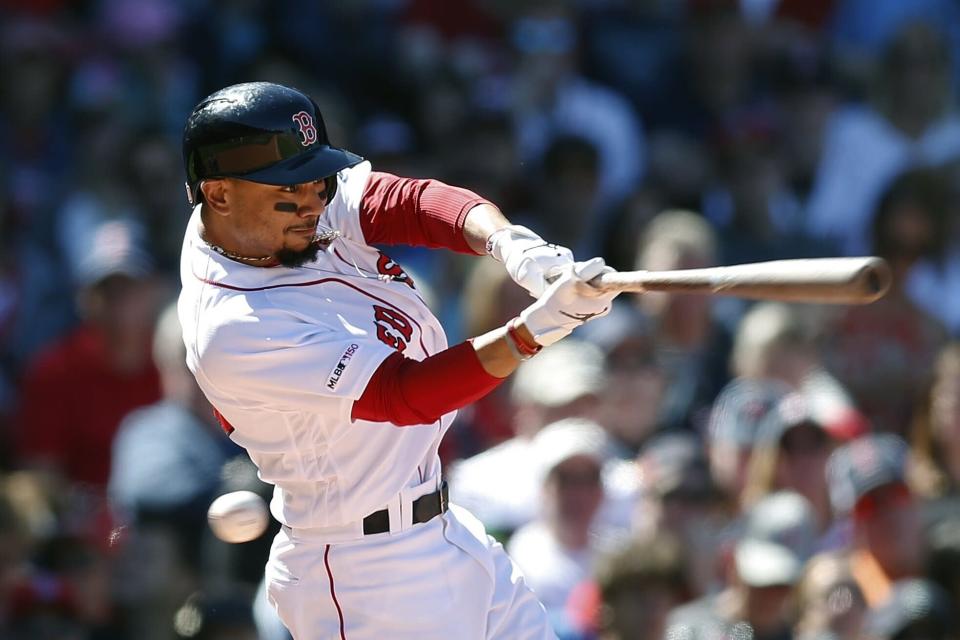Inaugural HBCU World Series sets out to increase African-American participation

There are so few African-American baseball players at any level of competition that stories about the scarcity are led by the rare player taking count of how many others are like him.
African-American players comprised not even 8 percent of MLB’s opening day rosters this year. College participation is closer to 5 percent and black participation rates in the two HBCU conferences have fallen below 50 percent, per Baseball America. Participation at the youth level is also down.
The announcement of an inaugural Historically Black College and University World Series, set for May 24, is a step to try to change those numbers.
HBCU World Series a marketing tool
The first of what organizations intend to be an annual event will feature the North Carolina A&T Aggies and Southern Jaguars at the Chicago White Sox Guaranteed Rate Field. It will join The Andre Dawson Classic as ways to market HBCU schools, which are slowly watching their baseball programs fold.
Erwin Prentiss Hill, CEO of Black College Sports Group 360 (BCSG), told HBCU Sports he wants the event to “promote education opportunities to urban youth” who may not know of the schools or how to navigate the college admissions process.
He also wants to promote black collegiate sports. From HBCU Sports:
“Greatness comes from historically black colleges and universities. The bottom line is to get more urban youth back to our HBCU’s, so that talented young men and women can add to the legacy of our outstanding predominantly black universities.”
The game will hopefully put a focus on the positives of an HBCU while boosting interest and participation in baseball for young African-American players, many of whom are leaving the sport for others due to cost and visibility.
Baseball’s decline in poorer communities
The cost of playing sports can add up quickly for families. It’s especially difficult for those in poorer areas to scrape together money for a glove, cleats, bats and even uniform costs. Participating on a travel team is even costlier and can require more shuttling around from parents, who might already be working multiple jobs to get by. Little League is so high-stakes it’s must-see TV in August.
The result is fewer African-Americans playing baseball — they instead focus on football or basketball — and HBCU programs that don’t resemble their school’s enrollment.
Billy Witz covered the lack of African-American players on HBCU rosters Monday for the New York Times and noted the decline of baseball through the eyes of Bethune-Cookman athletic director Lynn Thompson. Thompson said places where he played sandlot ball in the 1960s were paved over for basketball courts and parking lots.
That’s the other problem: If you can see it, you can be it. And young black players don’t see a future for them in baseball because they don’t see themselves on the diamond.
Getting urban youth involved is key
The percentage of black players on opening-day rosters in 2018 was the highest in six years at 8.4 percent. Between 2012 and 2017, 20 percent of first-round draft picks were African-American. Those numbers are in part due to MLB’s focus on its Urban Youth Academies that started in Compton, California, in 2006 and its Reviving Baseball in Inner Cities (RBI) program, launched in 1989.
“It's been a huge investment for us,” Renee Tirado, MLB's chief diversity and inclusion officer, said last spring. “Obviously growing the game amongst our players is a priority, so that uptick has definitely been from a concerted effort.”
The youth academies are in at least eight cities with the hope they’ll expand to every city with an MLB team. They served more than 39,000 children in 2017. The RBI program served more than 130,000, including softball players, the same year.
More from Yahoo Sports:


